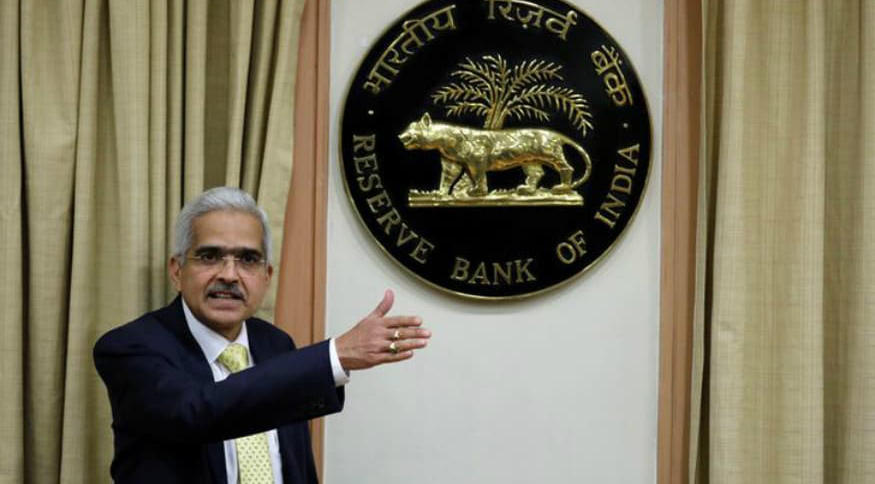In a significant move aimed at enhancing transparency and consumer protection in the home loan sector, the Reserve Bank of India (RBI) has introduced a comprehensive set of reforms pertaining to floating rate home loans. These reforms are designed to bring more clarity to the process of resetting interest rates, offer borrowers the option to switch to fixed interest rates, and prevent banks from unilaterally changing the loan tenure without proper consent.
Transparent Reset of Interest Rates:
The RBI’s reforms emphasize the need for banks to establish a transparent framework for resetting interest rates on floating rate home loans. Regulated Entities, including banks, are now required to:
- Clearly communicate with borrowers about potential changes in tenor and Equated Monthly Installments (EMIs).
- Provide borrowers the flexibility to switch from floating to fixed interest rate loans or foreclose their loans.
- Disclose all charges associated with exercising these options.
- Ensure effective communication of essential information to borrowers.
These measures are expected to bolster consumer protection and improve transparency within the lending process.
Addressing Unreasonable Tenure Changes:
A concern highlighted by the RBI was the undue elongation of loan tenures by lenders without obtaining proper consent or communication from borrowers. Instances where loan tenures were extended to over 30 years without borrower consent have been observed. To counter this issue, the RBI is implementing a conduct framework for all Regulated Entities.
This framework mandates lenders to:
- Engage in clear communication with borrowers when considering tenor or EMI changes.
- Provide options to borrowers for transitioning to fixed rate loans or closing their loans.
- Maintain transparency by disclosing charges related to these options.
- Ensure that key information is effectively conveyed to borrowers.
Disclosure of Incidental Charges:
While the RBI had previously abolished foreclosure charges and partial prepayment penalties for floating rate home loans, there remained certain incidental charges that borrowers had to bear when closing loans. The RBI now requires banks to communicate these charges clearly to borrowers.
External Benchmarking System Overview:
The RBI introduced the external benchmarking system for home loans on October 1, 2019. This system mandated that all floating rate home loans be linked to an external benchmark, ensuring greater transparency in interest rate determination. The system initially allowed banks to reset EMIs once every three months.
The external benchmarks include:
a) RBI’s repo rate, b) Government of India three-month Treasury Bill yield published by Financial Benchmarks India Private Ltd. (FBIL), c) Government of India six-month Treasury Bill yield published by FBIL, and d) Any other benchmark market interest rate published by FBIL.
Under this framework, banks were permitted to charge an interest rate spread over the external benchmark, but lending rates were prohibited from falling below the external benchmark rate.



 Indian Olympic Medal Winners List Till N...
Indian Olympic Medal Winners List Till N...
 Who is the Inventor of the Gramophone?
Who is the Inventor of the Gramophone?
 HS Dhaliwal Appointed New DGP Of Andaman...
HS Dhaliwal Appointed New DGP Of Andaman...
